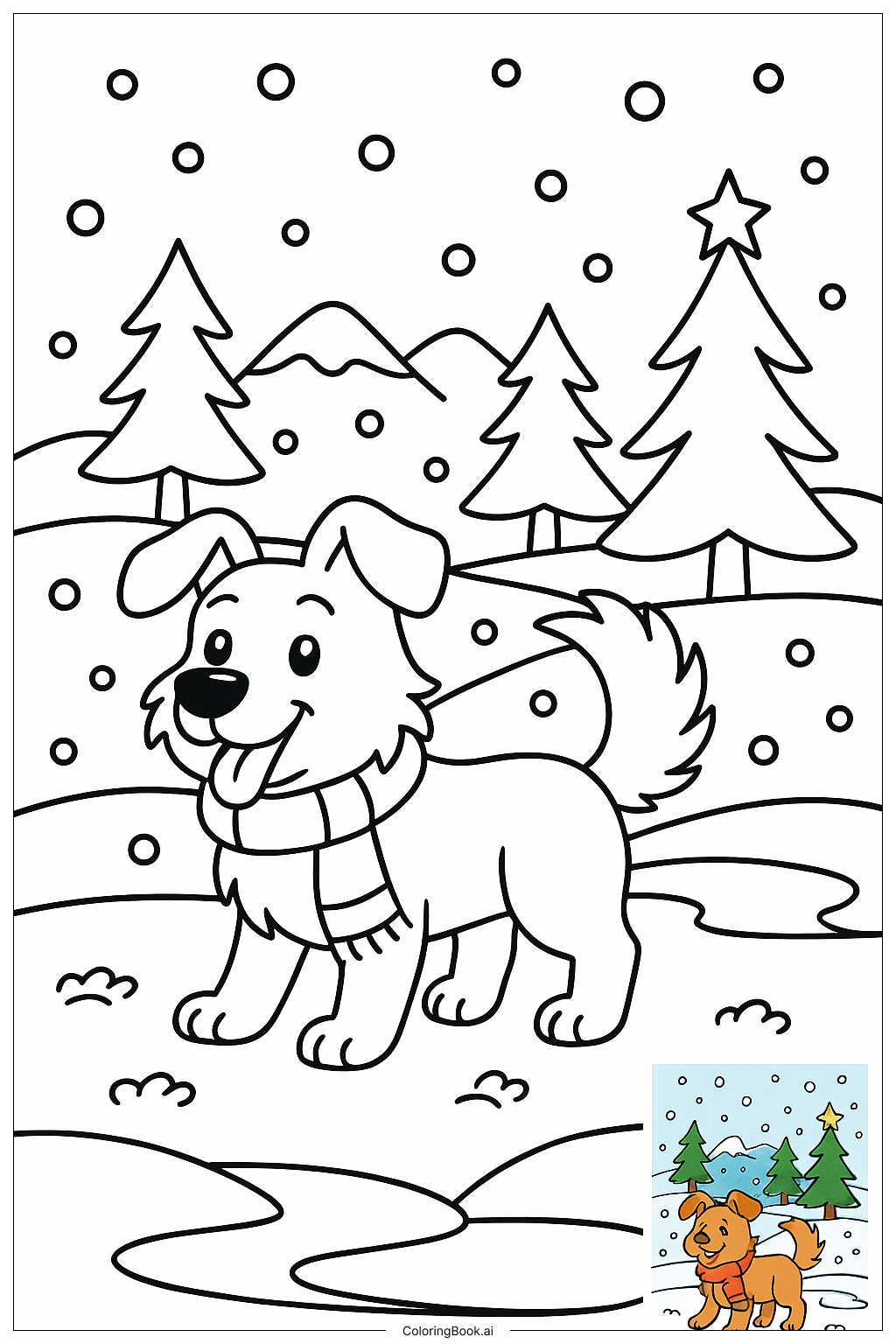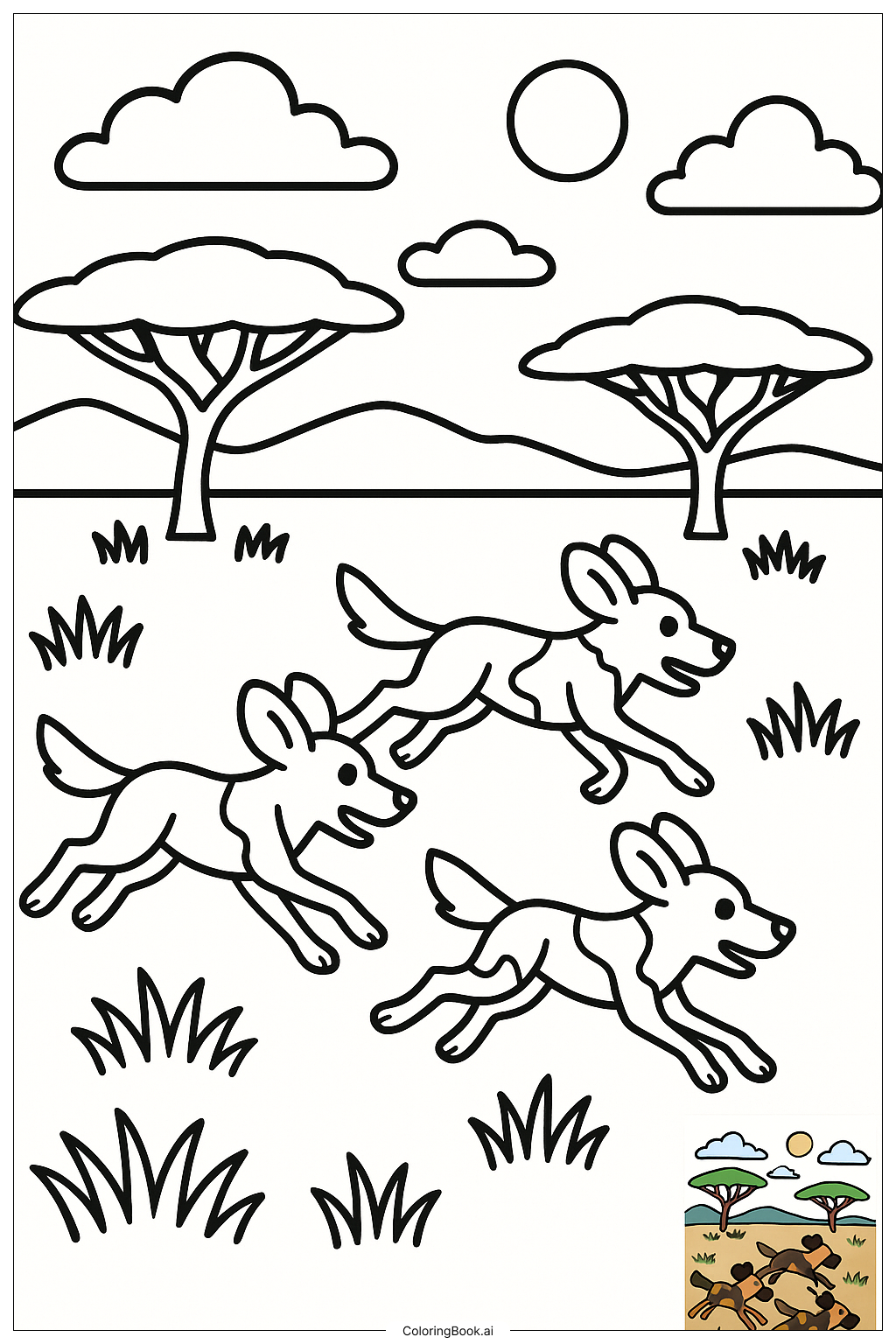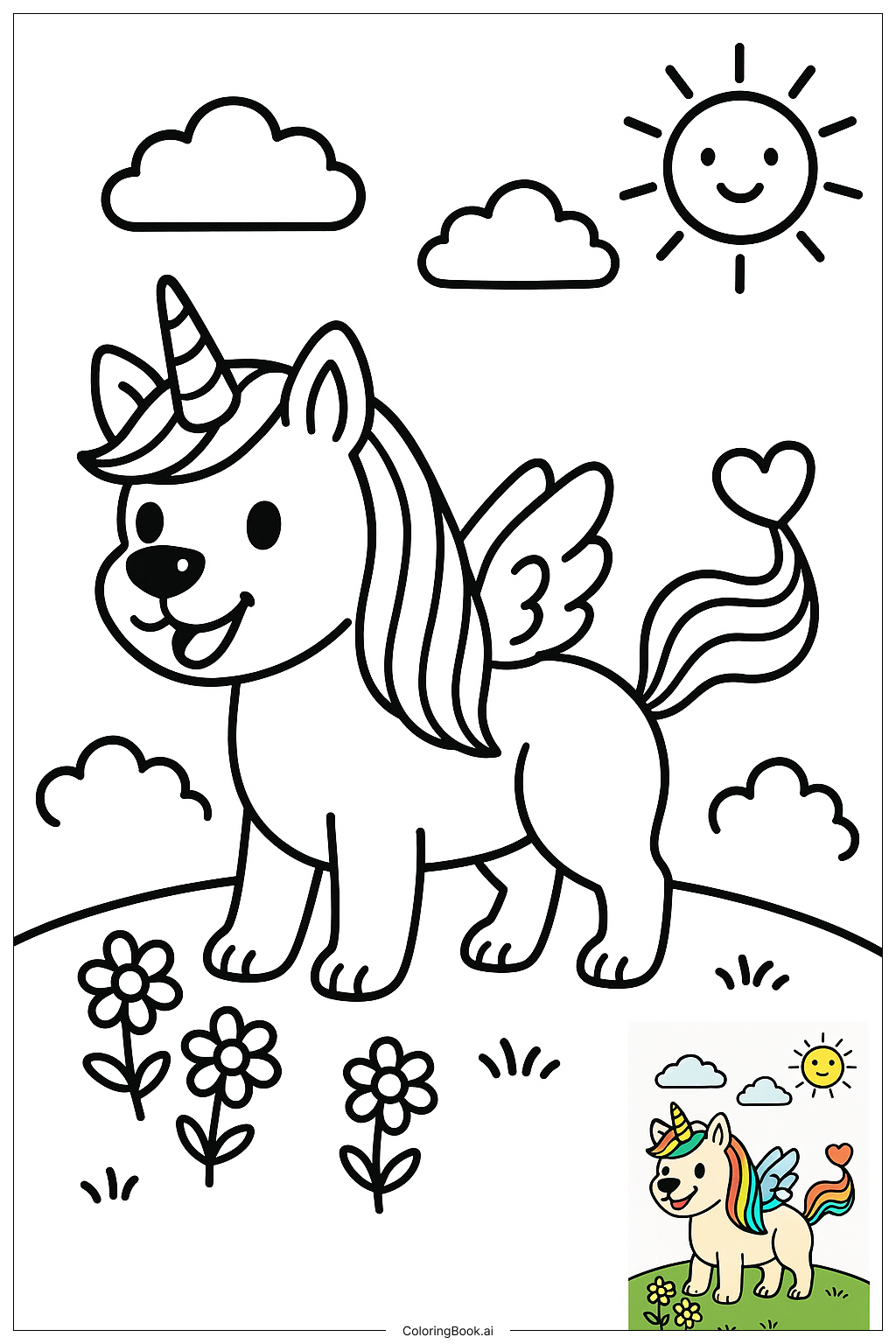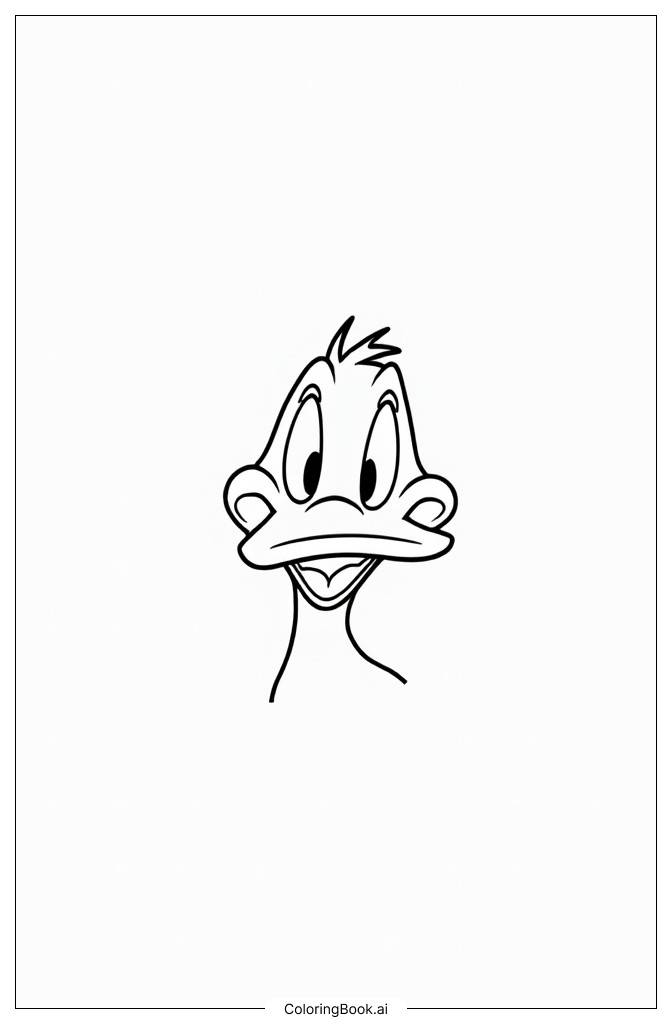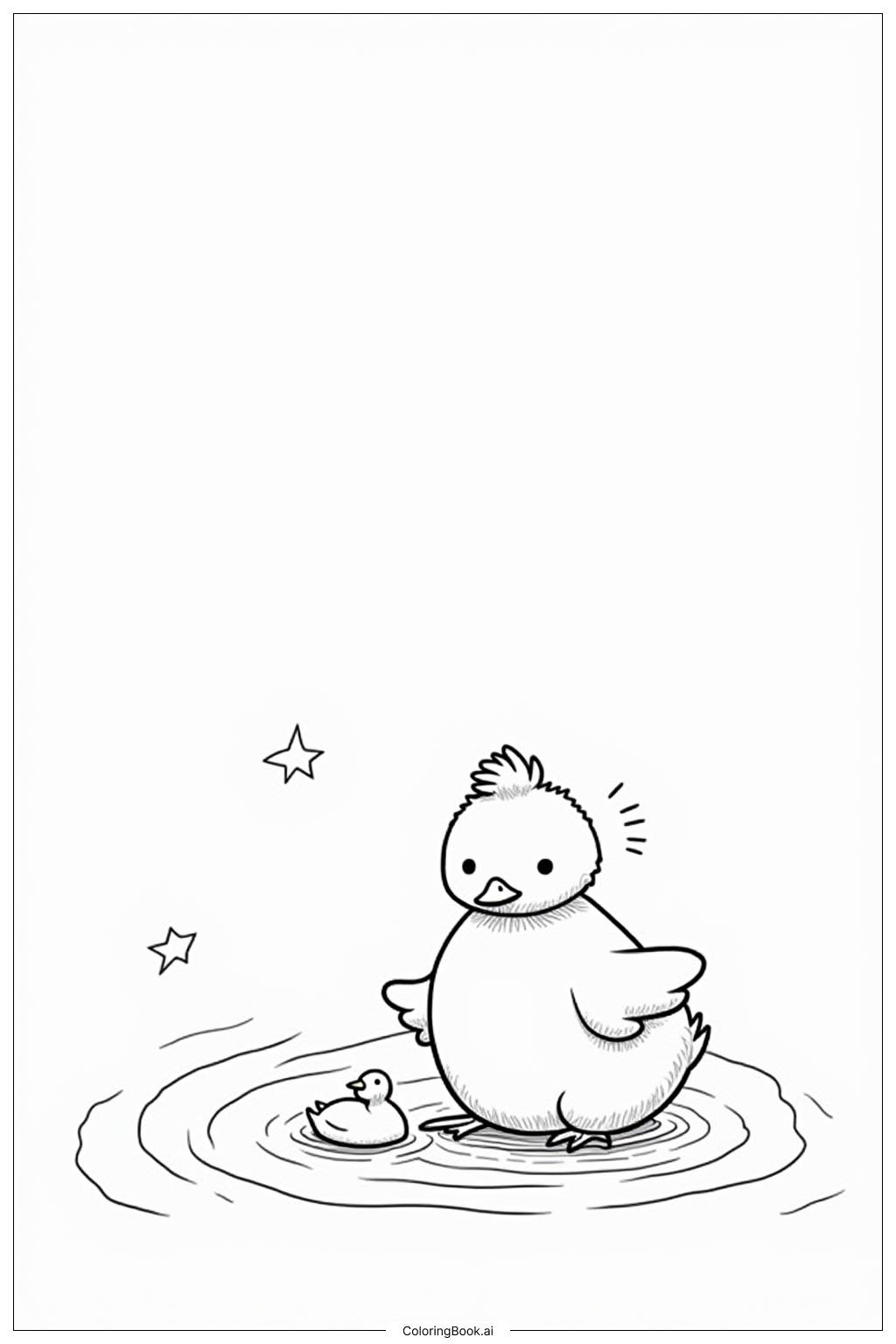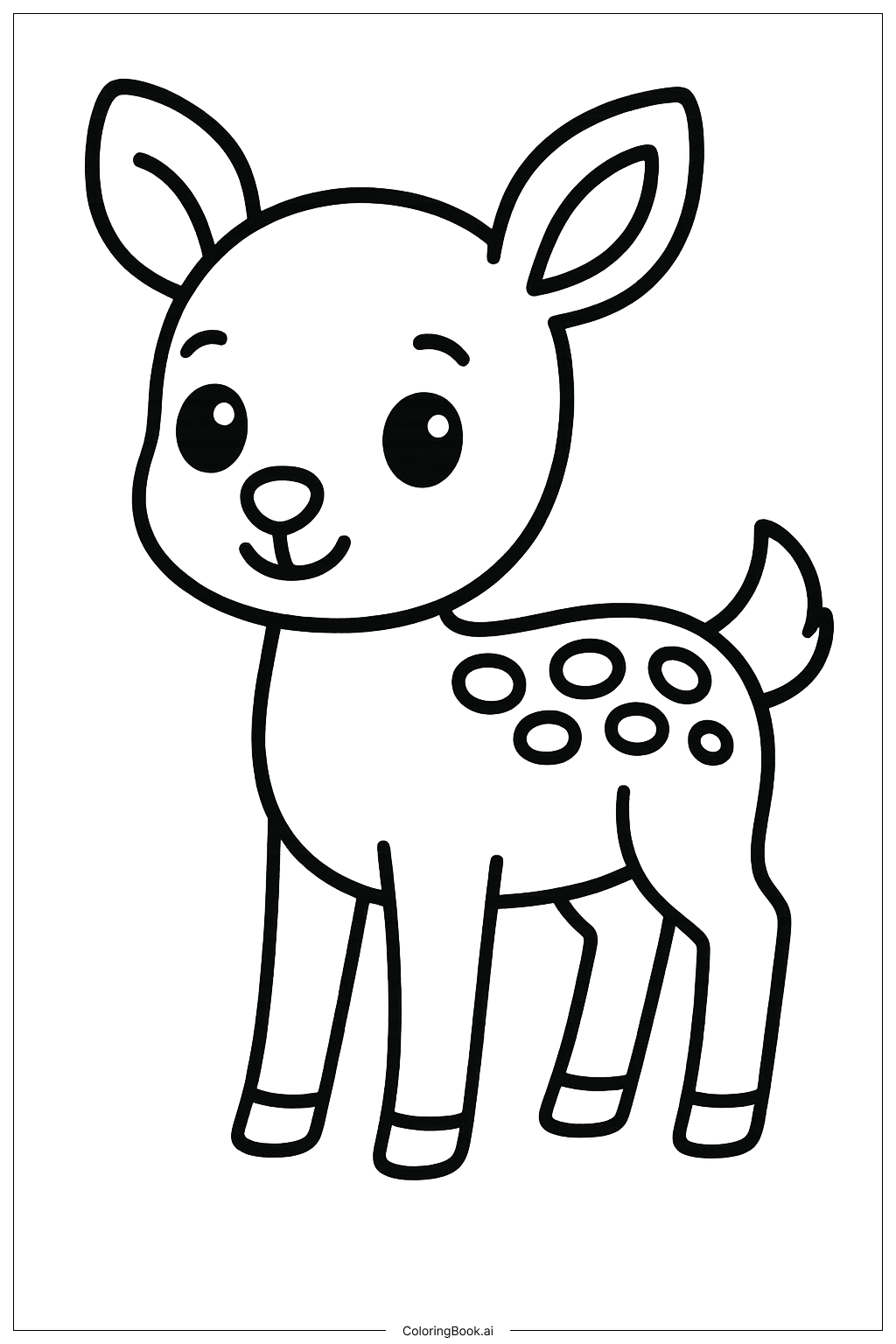Coloring tips: How to color Puppy With Floppy Ears coloring page well?
When coloring the puppy, consider using shades of brown, beige, or even black for a classic look. You can use lighter colors for the belly and ears to create depth. For the collar, bright colors like red or blue can make it stand out. Don't forget to color the puppy's eyes; using blue or green can give the puppy a cheerful look. Adding a background like grass or a sky can also enhance your artwork and make it more lively!
Coloring challenges: Which parts are difficult to color and need attention for Puppy With Floppy Ears coloring page?
1. The Floppy Ears: Coloring the floppy ears can be tricky as you want to create soft shadows. Using a light and dark shade of the same color will help make it look fluffy.
2. The Collar Details: The collar has a small heart tag which requires precision. It might be hard to stay within the lines, especially for younger kids.
3. Eye Color Choices: Picking the right colors for the eyes can be challenging. You might want to use a contrasting color that complements the puppy’s fur.
4. Shading Techniques: Learning to add shadows can enhance the drawing but may be hard for beginners. Simple techniques like using a lighter color on top can help.
5. Background Additions: If you choose to add a background, this may also involve more coloring skills, as you want it to match the puppy nicely.
Benefits of coloring books: Advantages of drawing Puppy With Floppy Ears coloring page
Coloring this adorable puppy can bring many benefits! It helps improve fine motor skills, as children practice their grip while holding crayons or markers. Engaging with the drawing encourages creativity; kids can express their unique style through their color choices. Additionally, coloring can have a calming effect, reducing stress and anxiety. It’s a fun way to spend time and can even enhance focus and concentration. Lastly, completed artworks can boost a child's confidence as they see their beautiful creations come to life!

